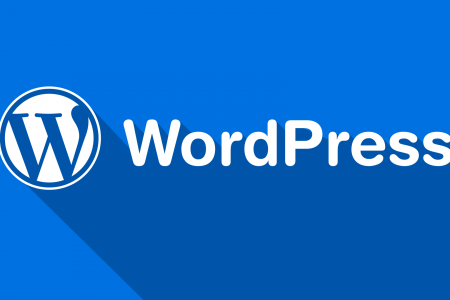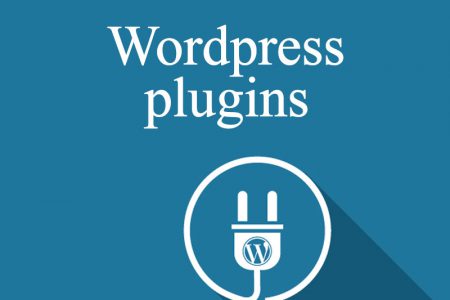Introduction to Website Performance Optimization

Website performance plays a critical role in user experience and SEO. A slow-loading website can lead to high bounce rates and low conversion rates. Optimizing performance ensures that your website runs smoothly, efficiently, and provides a better experience for visitors.
1. Minimize HTTP Requests
One of the most effective ways to speed up a website is by reducing the number of HTTP requests. Each element on a webpage—such as images, scripts, and stylesheets—requires a separate HTTP request. To minimize requests:
- Combine CSS and JavaScript files.
- Use image sprites for small icons.
- Avoid excessive use of external scripts or resources.
2. Optimize Images
Large images are a significant cause of slow-loading pages. Optimizing images is essential for improving performance without sacrificing quality. Follow these tips:
- Compress images using tools like TinyPNG or ImageOptim.
- Use appropriate file formats (e.g., JPEG for photos, PNG for transparency).
- Implement responsive images with
srcsetto serve different sizes based on the device’s screen resolution.
3. Enable Browser Caching
Browser caching allows your website to store certain resources locally on a user’s device. This means that when users revisit your site, they don’t have to reload everything from scratch, leading to faster load times.
- Set expiration dates for static resources like images, CSS, and JavaScript.
- Use the
Cache-ControlandETagheaders for efficient caching management.
4. Minify and Compress CSS, JavaScript, and HTML
Minifying files involves removing unnecessary spaces, comments, and characters from your CSS, JavaScript, and HTML code, which reduces file sizes and improves loading times. Use tools like UglifyJS, CSSNano, or HTMLMinifier for this purpose.
Additionally, enable file compression using Gzip or Brotli to further reduce the size of your files as they are transferred from the server to the browser.
5. Use Content Delivery Network (CDN)
A CDN is a network of servers located in various geographic locations that deliver content to users based on their proximity to the server. This can significantly speed up your website by reducing the distance between the user and the server.
- Distribute static files (images, CSS, JavaScript) via a CDN.
- Choose a CDN that has a large network of servers near your target audience.
6. Implement Lazy Loading
Lazy loading is a technique where images or other media are only loaded when they appear in the viewport, rather than loading everything when the page first loads. This reduces the initial page load time and saves bandwidth for users who do not scroll through the entire page.
- Use the
loading="lazy"attribute for images and iframes. - Consider lazy loading for non-critical resources like videos or ads.
7. Optimize Web Fonts
Web fonts can slow down a website because they need to be downloaded before they can be rendered. To optimize web fonts:
- Limit the number of font families and weights used.
- Use
font-display: swapto render text with a fallback font until the custom font is loaded. - Preload critical fonts to speed up their loading.
8. Reduce Server Response Time
The time it takes for your server to respond to a request (Server Response Time) is another key factor in website performance. To reduce server response time:
- Choose a reliable and fast hosting provider.
- Use a lightweight framework or CMS to reduce server load.
- Optimize database queries and implement caching techniques like Redis or Memcached.
9. Enable HTTP/2
HTTP/2 is the latest version of the HTTP protocol and offers several improvements over HTTP/1.1, such as multiplexing, header compression, and faster connection handling. Enabling HTTP/2 can speed up the loading of websites, especially when many resources are requested from the server.
- Ensure your server supports HTTP/2 (most modern web servers do).
- Take advantage of multiplexing to load multiple resources over a single connection.
10. Regularly Monitor Website Performance
Optimizing website performance is an ongoing process. Regular monitoring helps identify performance bottlenecks and areas for improvement. Use tools like Google PageSpeed Insights, Lighthouse, or GTmetrix to measure load times and get suggestions for optimization.
- Monitor load times after any significant update or change.
- Track performance across different devices and network conditions.
Conclusion
Optimizing website performance is essential for creating a fast, user-friendly experience. By following the tips and methods outlined above, you can significantly improve load times, enhance SEO, and increase user satisfaction. Regular monitoring and ongoing optimization will help you stay ahead of performance issues and ensure your website is always running at its best.
This structure is designed to provide clear and practical advice on website performance optimization, divided into easy-to-follow sections.



